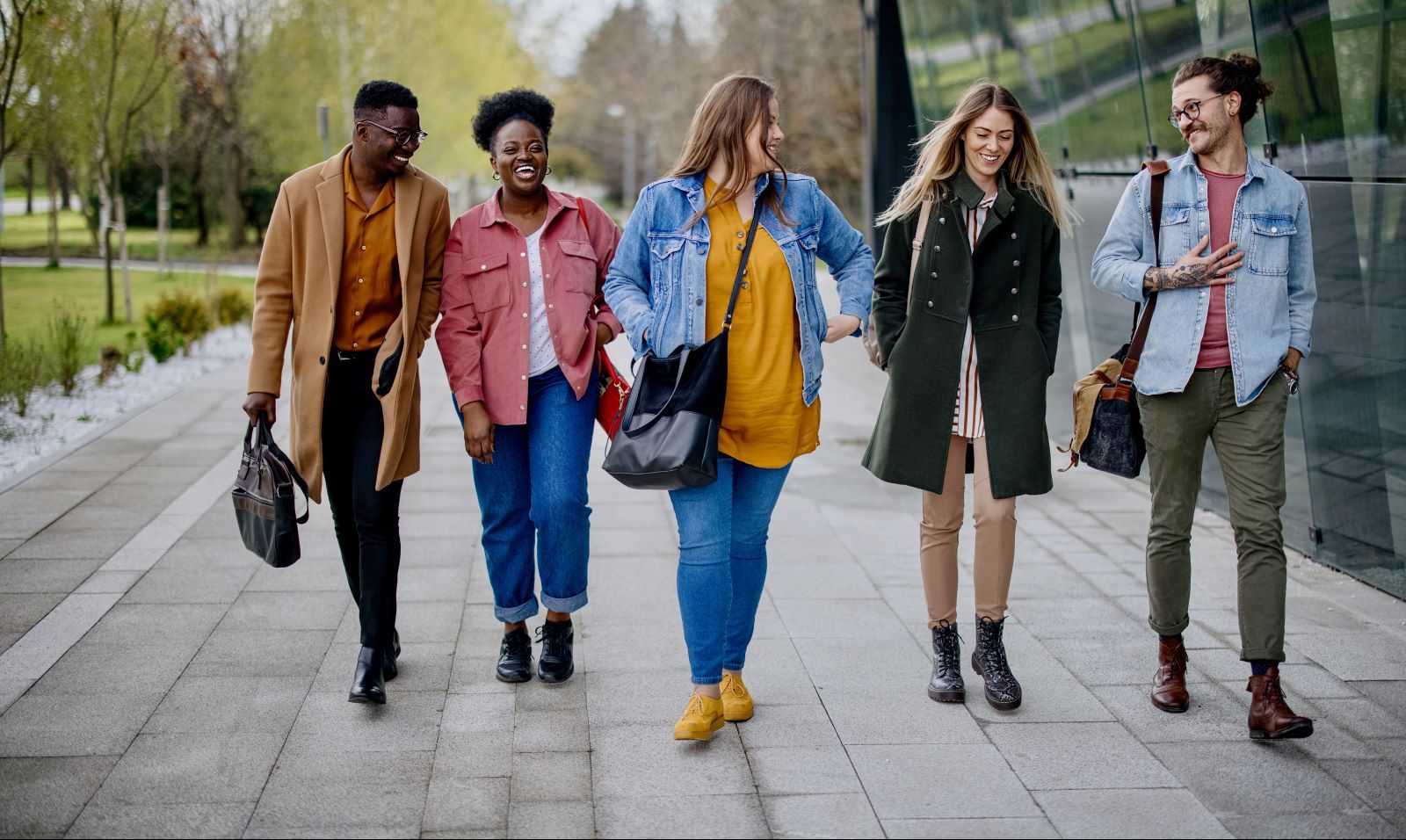<< Back
Back to School: What College Kids Need to Know About Monkeypox

August 31, 2022
Experts warn that colleges and universities could be the next monkeypox hotspot as reports of the virus spreading through nonsexual contact, such as crowded events and parties, increase.
“Most of the recent cases of monkeypox have been spread through direct sexual contact, and primarily in cases of men having sex with men,” said Andrew Wong, MD, primary care provider with Hartford HealthCare Medical Group in Westport. “It can also spread, though, through contact sports, such as wrestling and football, as well as in crowded group settings, such as in locker rooms, at parties, or through sharing towels and bedding in dorms.”
> Find a doctor near me
Five college campuses have already reported cases of monkeypox. The Center for Disease Control and Prevention (CDC) issued an updated recommendation earlier this month on reducing transmission in congregate living situations, which includes “dormitories at institutes of higher education” but has yet to issue recommendations specific to colleges and universities.
What can college students do to avoid monkeypox?
“Discuss the signs and symptoms of monkeypox with those you frequently come into contact with,” said Dr. Wong. “Anyone with an unexplained itchy or painful rash with blisters, even if mild, should see a healthcare provider as soon as possible to avoid spreading it to others.”
He also recommends:
- Washing your hands frequently or using hand sanitizer.
- Washing your hands immediately if you come into direct contact with a monkeypox lesion, or indirectly through clothing, linens and surfaces.
- Disinfecting surfaces in your living space with Lysol or Clorox after hosting a group gathering.
- Avoiding activities that could aerosolize dried material from lesions (such as using fans, sweeping, dusting and vacuuming) during and for 24 hours after gatherings.
- Washing soiled laundry and bedding promptly with detergent and hot water.
- Restricting the number of people you kiss or share cups and utensils with.
- Considering only attending parties and gatherings where attendees are fully clothed and spaced apart enough to avoid skin-to-skin contact.
- Exchanging contact information with any new partner to allow for sexual health follow-up, if needed.
- Using a condom during sex may reduce exposure risk to monkeypox, but may not prevent all exposures since the rash can occur on other parts of the body.
What are the symptoms of monkeypox?
“People with monkeypox usually get a rash that may be located on or near the genitals or anus, but could also be on other areas like the hands, feet, chest, face, or mouth,” said Dr. Wong. “The rash will go through several stages, including scabs, before healing. The rash can initially look like pimples or blisters and may be painful or itchy.”
If a student notices a rash or knows they have been in contact with someone with monkeypox, they should seek medical care from the student health services or the local health department.
Symptoms of monkeypox include:
- Fever and chills.
- Exhaustion.
- Headache.
- Muscle aches.
- Swollen lymph nodes.
- Rash on face and body.
- Sore throat, nasal congestion or cough.
Monkeypox lasts two to four weeks after an incubation period of one to three weeks. Historically, it has been fatal for about one in 10 infected people, but so far there have been no deaths in the U.S.